
The secret to 'blowing away' pesticides on fruits and vegetables with just 6 simple tips
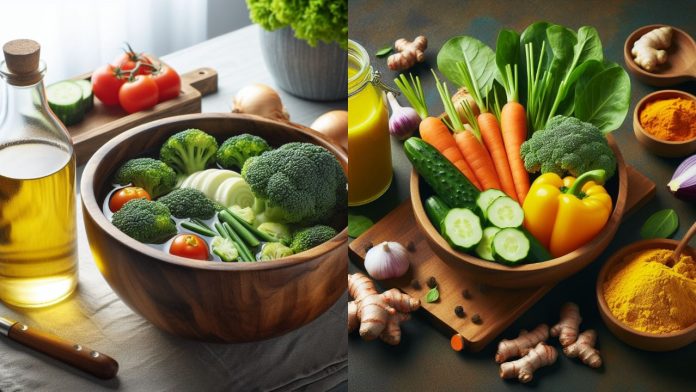
Worried About Pesticide Residues on Fruits and Vegetables? Try These 6 Simple and Effective Methods
If you’re concerned about pesticide residues on your fruits and vegetables, don’t worry! With just a few easy steps, you can effectively remove harmful chemicals and better protect the health of yourself and your family. Here are six proven methods to help you clean produce safely and naturally.
1. Soaking Vegetables to Neutralize Toxins
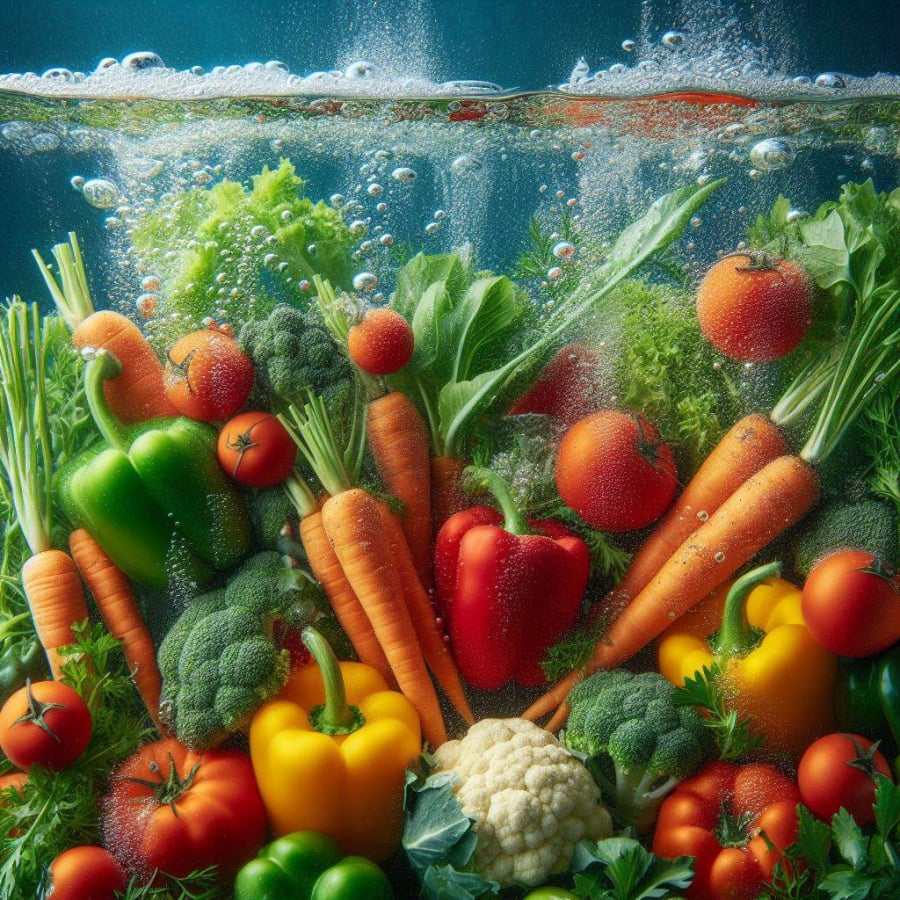
After rinsing vegetables to remove dust, soil, and surface dirt, you can soak them in filtered water mixed with a small amount of salt. Let the vegetables sit for 5 to 10 minutes, then rinse thoroughly with clean water.
Another effective method is soaking vegetables in rice-washing water for about 10 minutes. This mildly acidic water helps neutralize harmful substances found in pesticides, making the produce safer to consume.
This simple soaking process is gentle on vegetables while still reducing toxic residues.
2. Using High Temperatures to Break Down Pesticides
Heat can help decompose certain types of pesticides. Some vegetables—like broccoli, beans, and celery—can withstand higher temperatures. After washing, you can blanch these vegetables in hot water for about 2 minutes, which may reduce pesticide residues by up to 30%.
Cooking at high temperatures afterward can eliminate up to 90% of the remaining pesticides. This method is especially useful when preparing vegetables that are normally cooked before eating.
For delicate leafy greens, however, avoid overly high heat to maintain freshness and nutrients.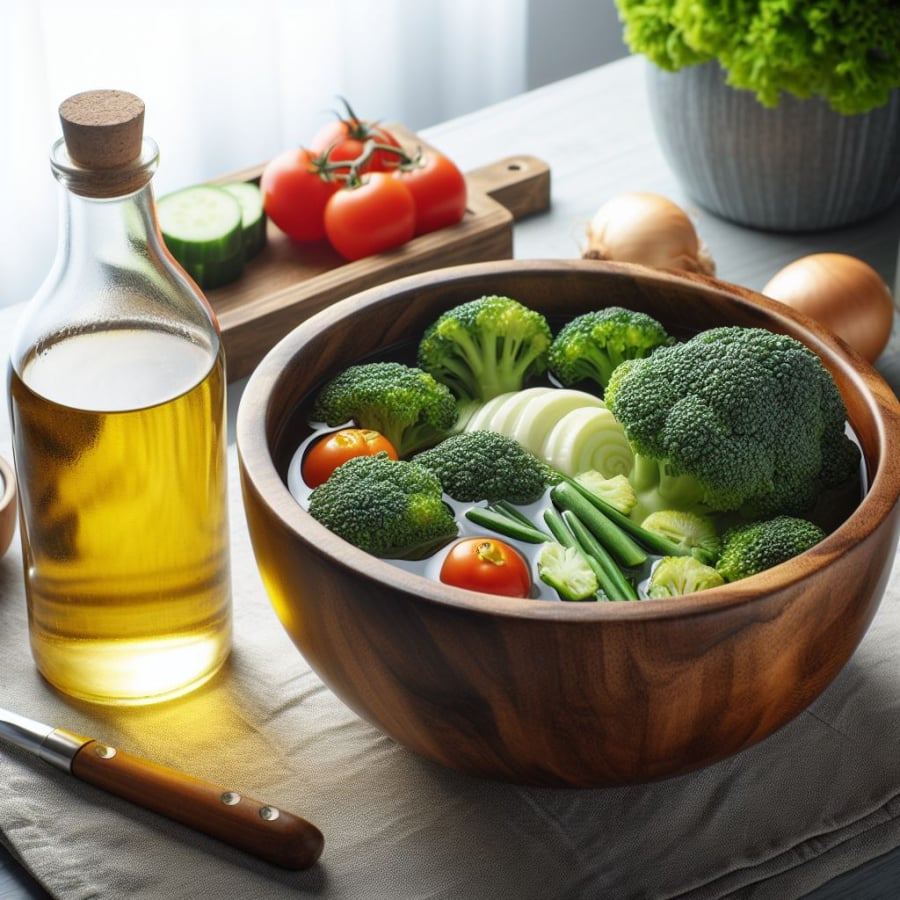
3. Cleaning with Vinegar
Vinegar is one of the most effective household ingredients for removing bacteria and pesticide residues due to its natural antimicrobial properties. Simply mix 1 part white vinegar with 9 parts water, then soak fruits and vegetables in the solution.
Let them soak for about 10 minutes, gently stirring to ensure all surfaces come into contact with the vinegar mixture. After soaking, rinse the produce with boiled and cooled water to completely remove any lingering smell or taste of vinegar.
This method works well for apples, grapes, leafy greens, and many other types of produce.
4. Using Baking Soda for Natural Deep Cleaning
Baking soda is a powerful natural cleanser that helps remove pesticides from fruits and vegetables safely.
Fill a bowl with 5 cups of water (about 1.5 liters), then add 4 teaspoons of baking soda and stir well. Soak fruits and vegetables in the mixture.
-
Fruits: Soak for about 15 minutes, then wipe dry with a clean cloth.
-
Vegetables: For leafy greens or softer vegetables, soak for 5–7 minutes and rinse thoroughly.
Baking soda helps break down and lift chemical residues, making this one of the most popular home cleaning methods.
5. Using Turmeric Powder for Sterilizing and Removing Pesticides
Turmeric contains strong antibacterial and antimicrobial compounds, making it an effective natural cleaner. Add 5 teaspoons of turmeric powder to a basin of boiling water (adjusting the water amount depending on the quantity of produce). Stir well and allow the water to cool naturally.
Once the water is warm—not hot—soak vegetables and fruits for 15 minutes, then rinse them with clean water.
This method not only helps eliminate bacteria but also reduces pesticide residues significantly.
6. Sunlight Exposure to Break Down Chemicals
Sunlight can help decompose and alter certain types of pesticides. By exposing vegetables to sunlight for just 5 minutes, you may reduce up to 60% of leftover pesticides such as organic mercury and organic chlorine.
Be careful not to leave vegetables out too long, as prolonged sunlight can cause wilting and nutrient loss. A short exposure is enough to increase safety without affecting freshness.
Final Tips for Safer Produce
-
Combine two methods—such as rinsing, then soaking—to maximize effectiveness.
-
Buy from trusted sources to minimize exposure from the start.
-
Wash produce immediately before use to maintain its freshness and nutritional value.
With these simple techniques, you can confidently prepare cleaner, safer fruits and vegetables for your family every day.
News in the same category


4 ways to boil chicken without water

Rice water is like gold in the house if you know how to use it for these things

I Just Discovered the Benefits of Hanging a Bottle Cap on a Keychain
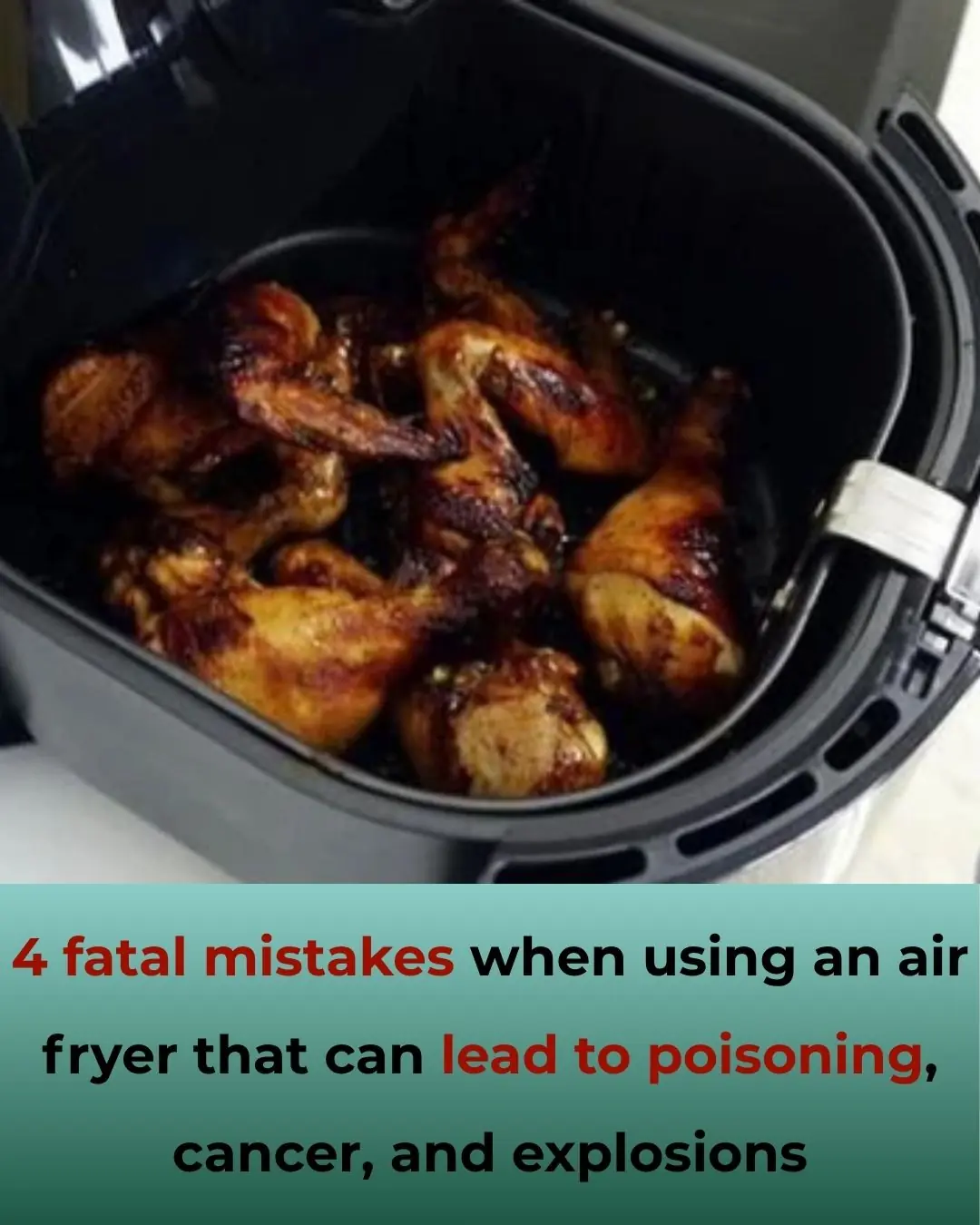
4 Dangerous Mistakes When Using an Air Fryer: Risks of Food Poisoning, Cancer, and Fires

Lady places cup of vinegar into microwave. Here’s the genius reason why
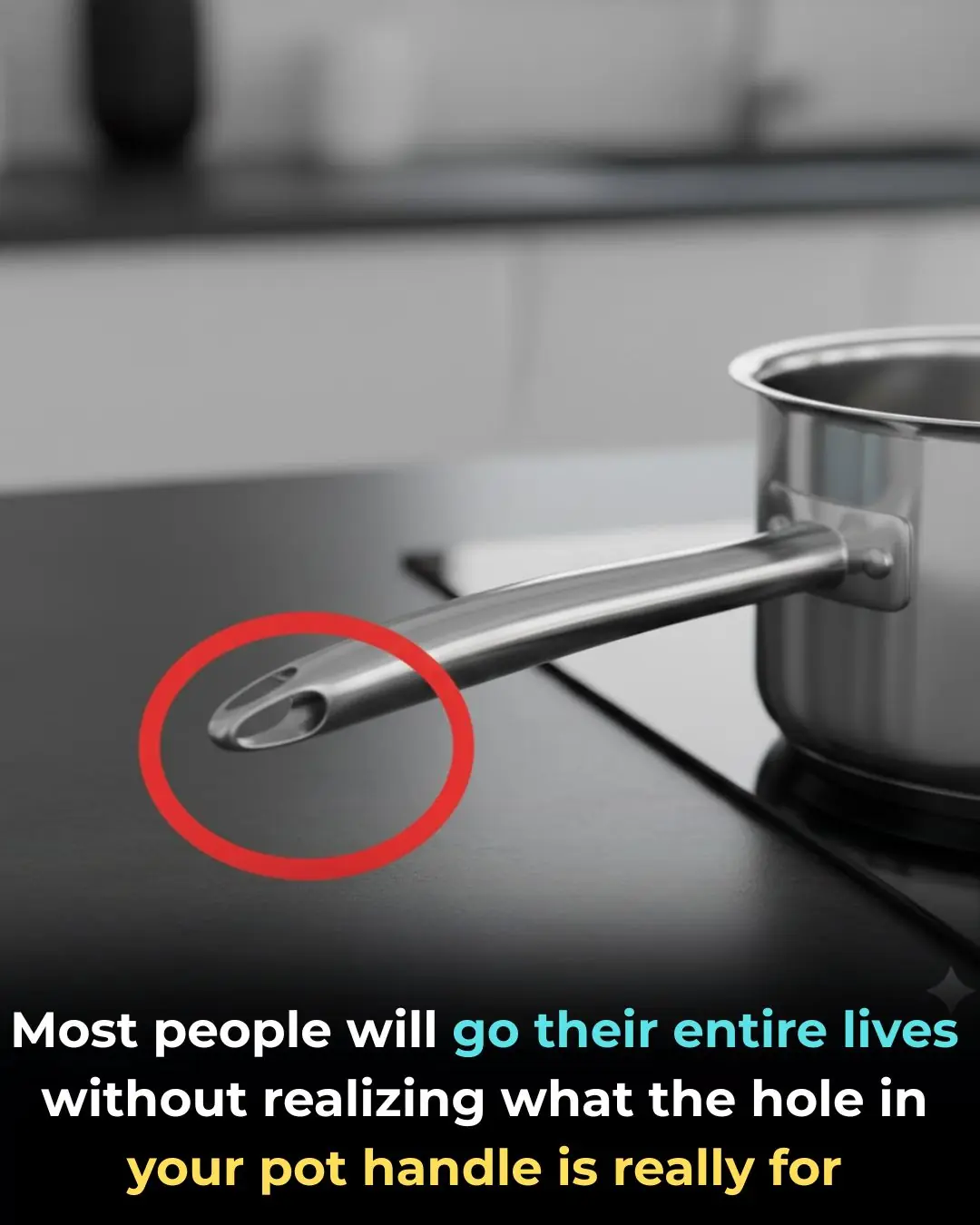
I had no idea this was a thing
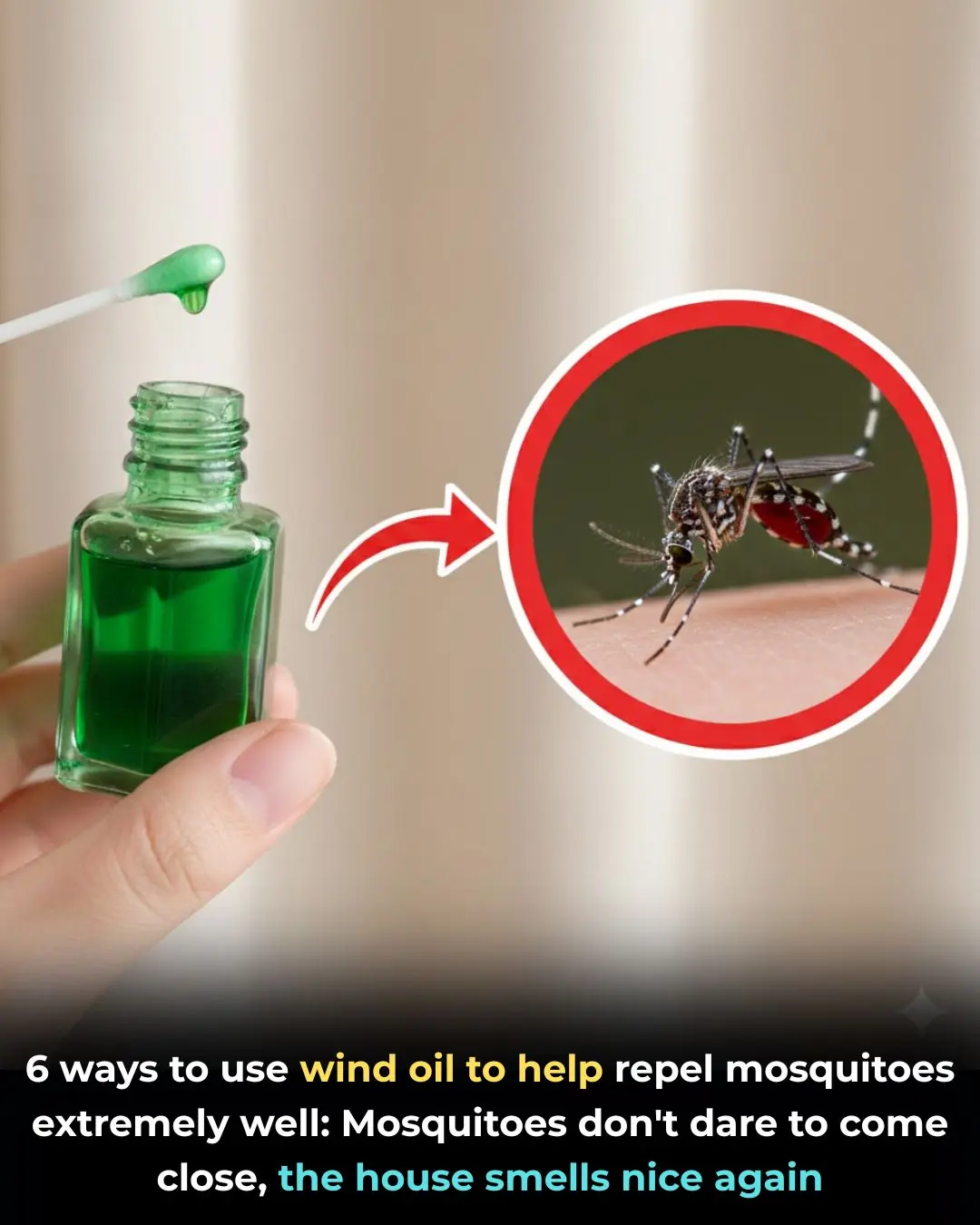
6 ways to use wind oil to help repel mosquitoes extremely well
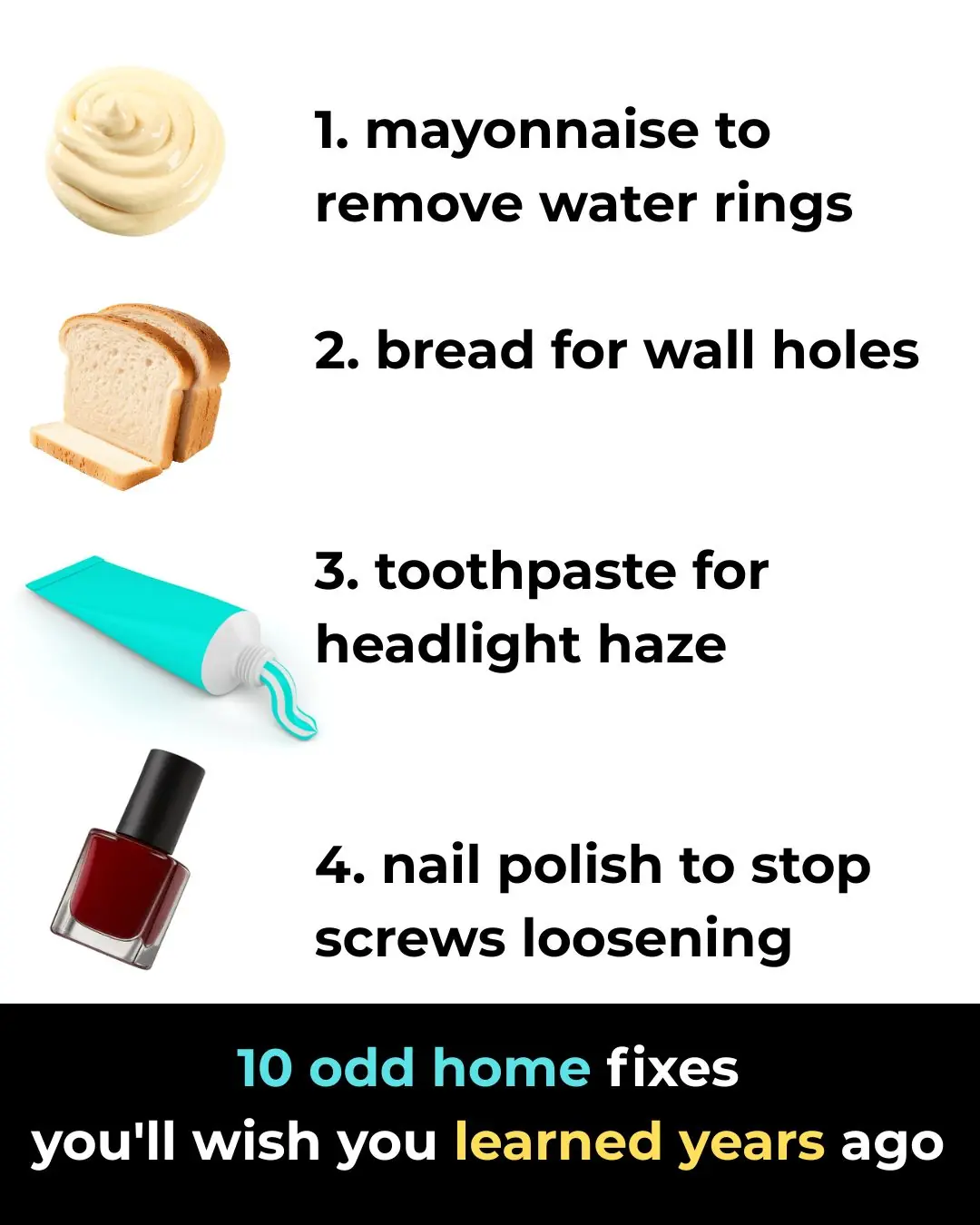
10 odd home fixes you’ll wish you learned years ago
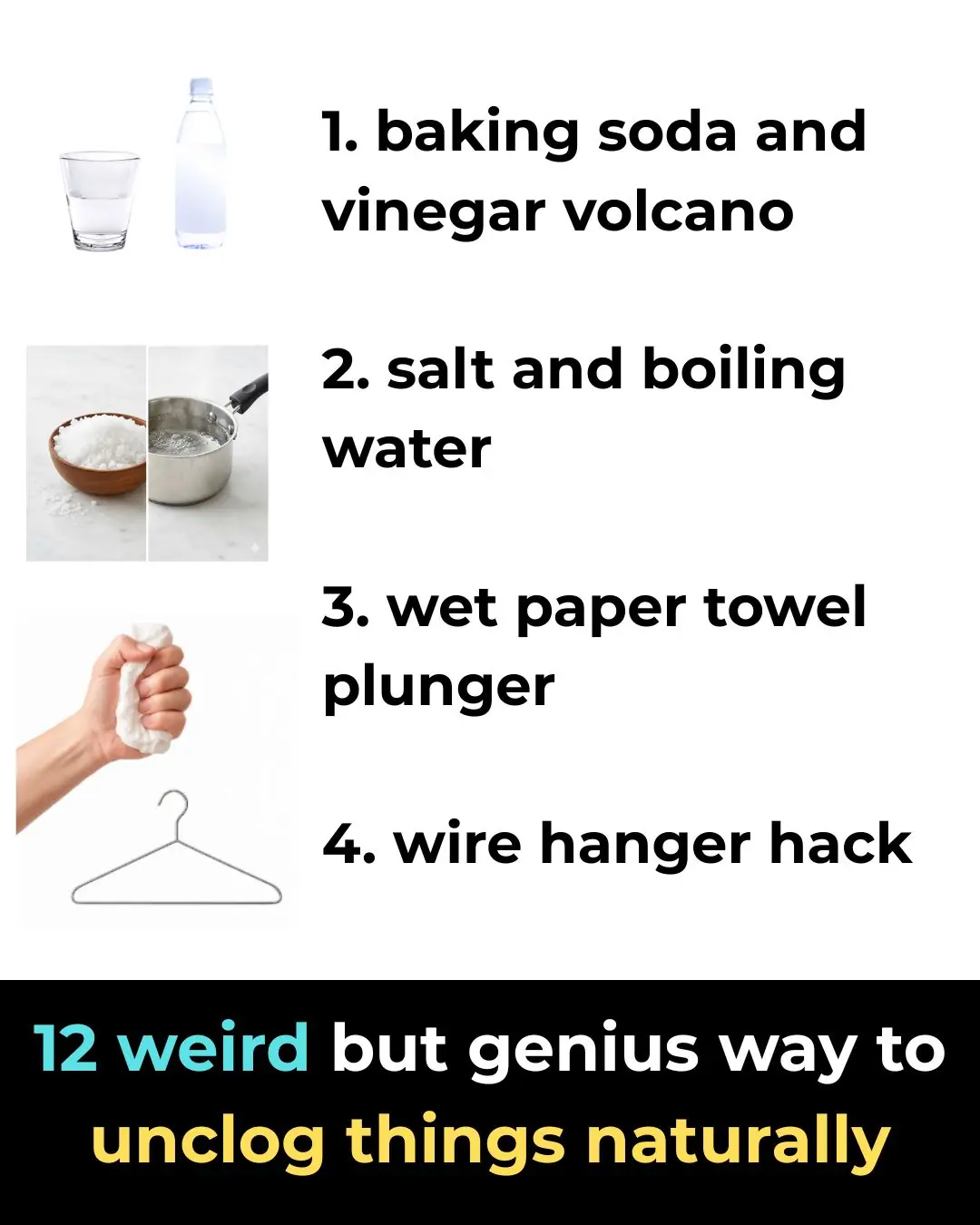
12 weird but genius ways to unclog things naturally
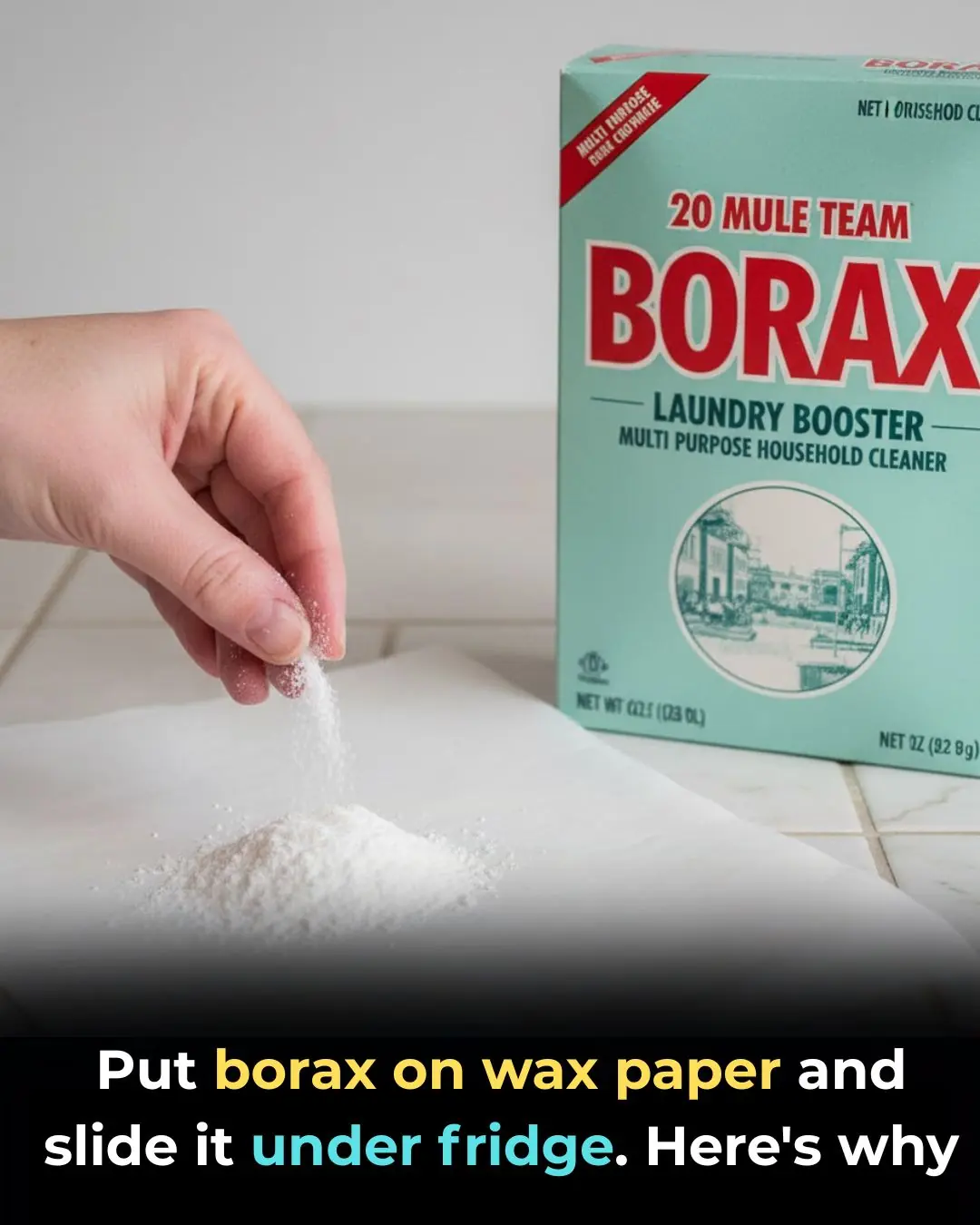
Put borax on wax paper and slide it under fridge. Here's why

How to Grow Cucumbers in Pots for Heavy Harvests All Season Long
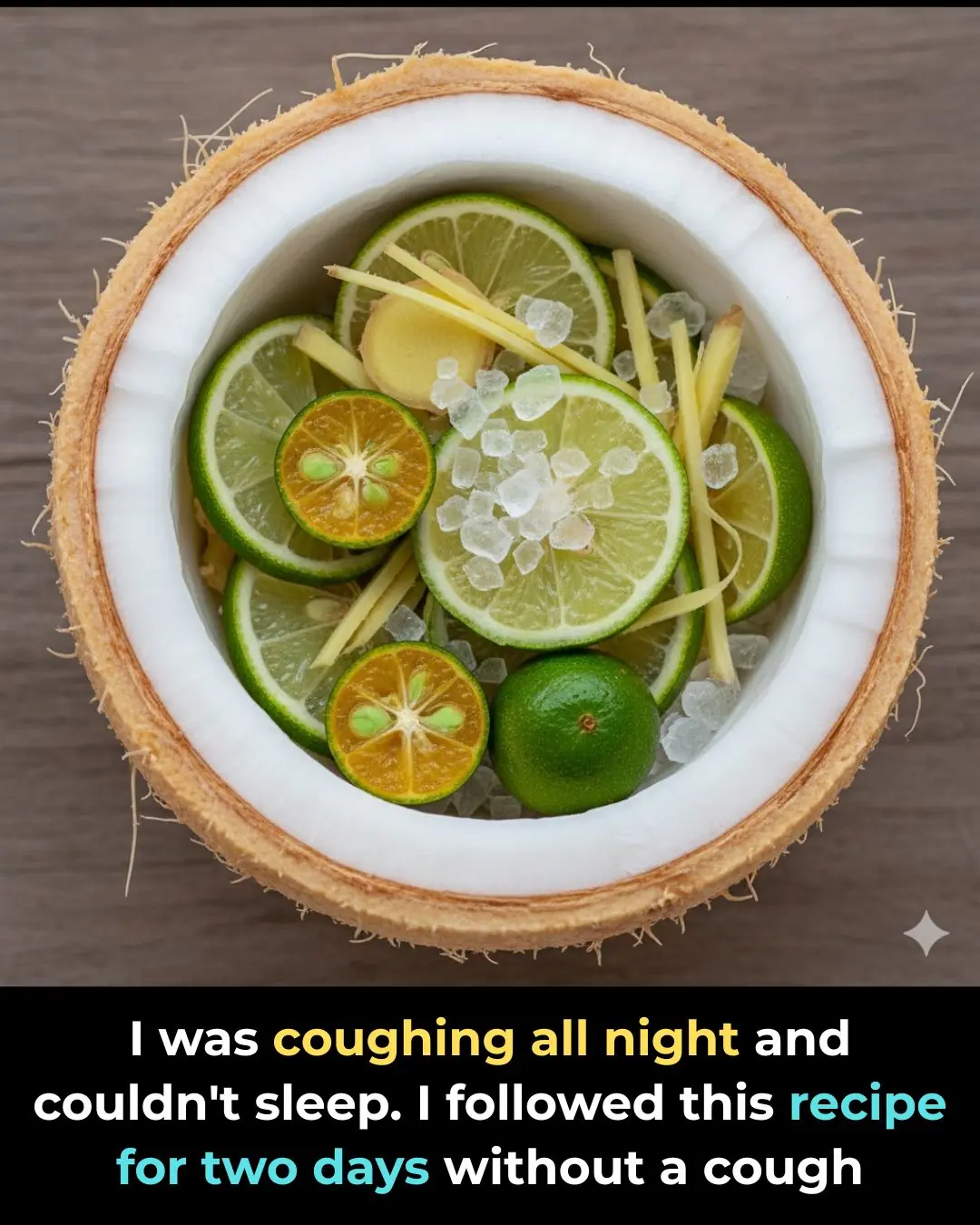
How to make steamed pears with rock sugar is both delicious and nutritious
Let’s take a look at some tips to help keep your kitchen space clean and free of unpleasant odors.
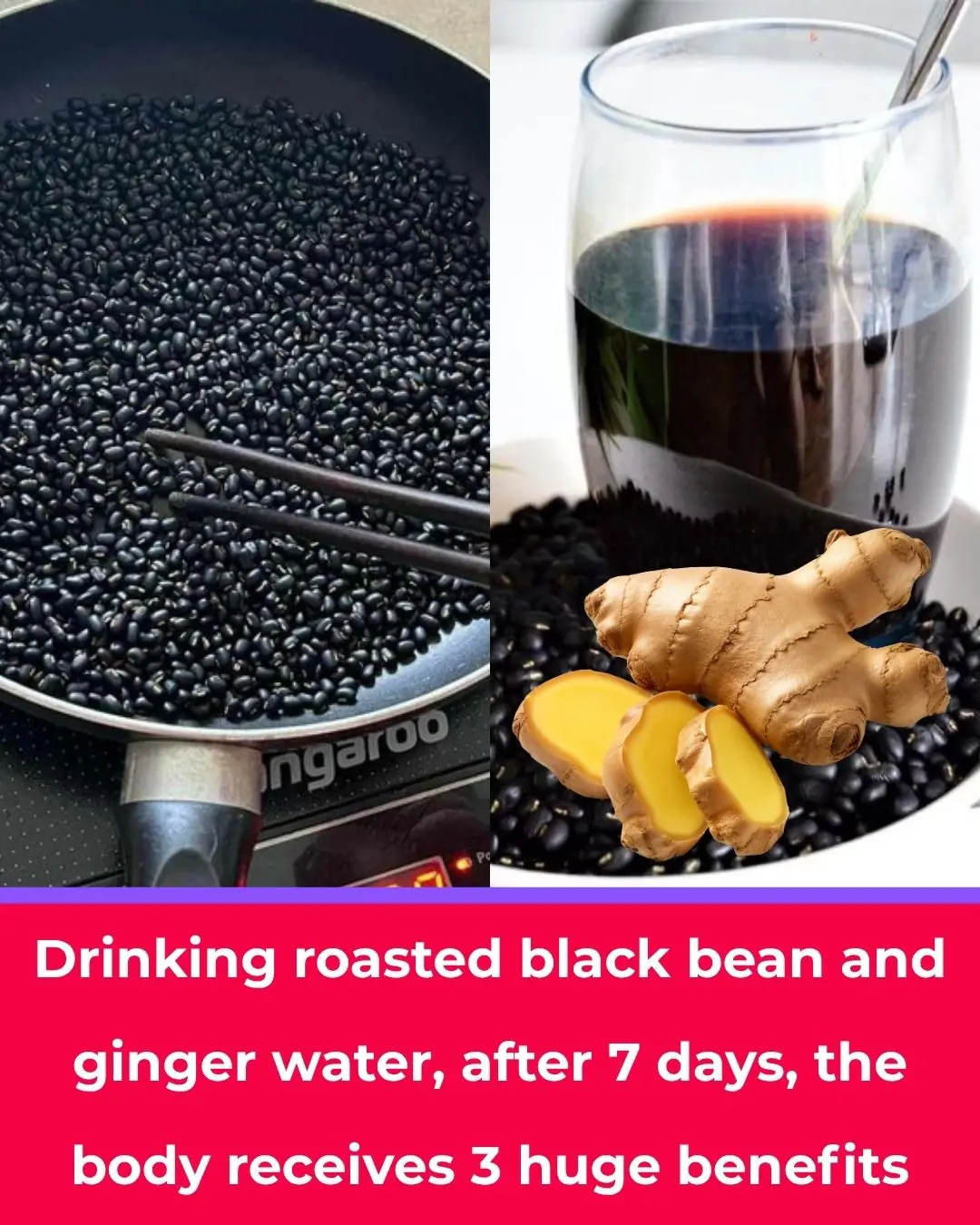
Drinking Roasted Black Bean and Ginger Tea for 7 Days Brings 3 Major Health Benefits
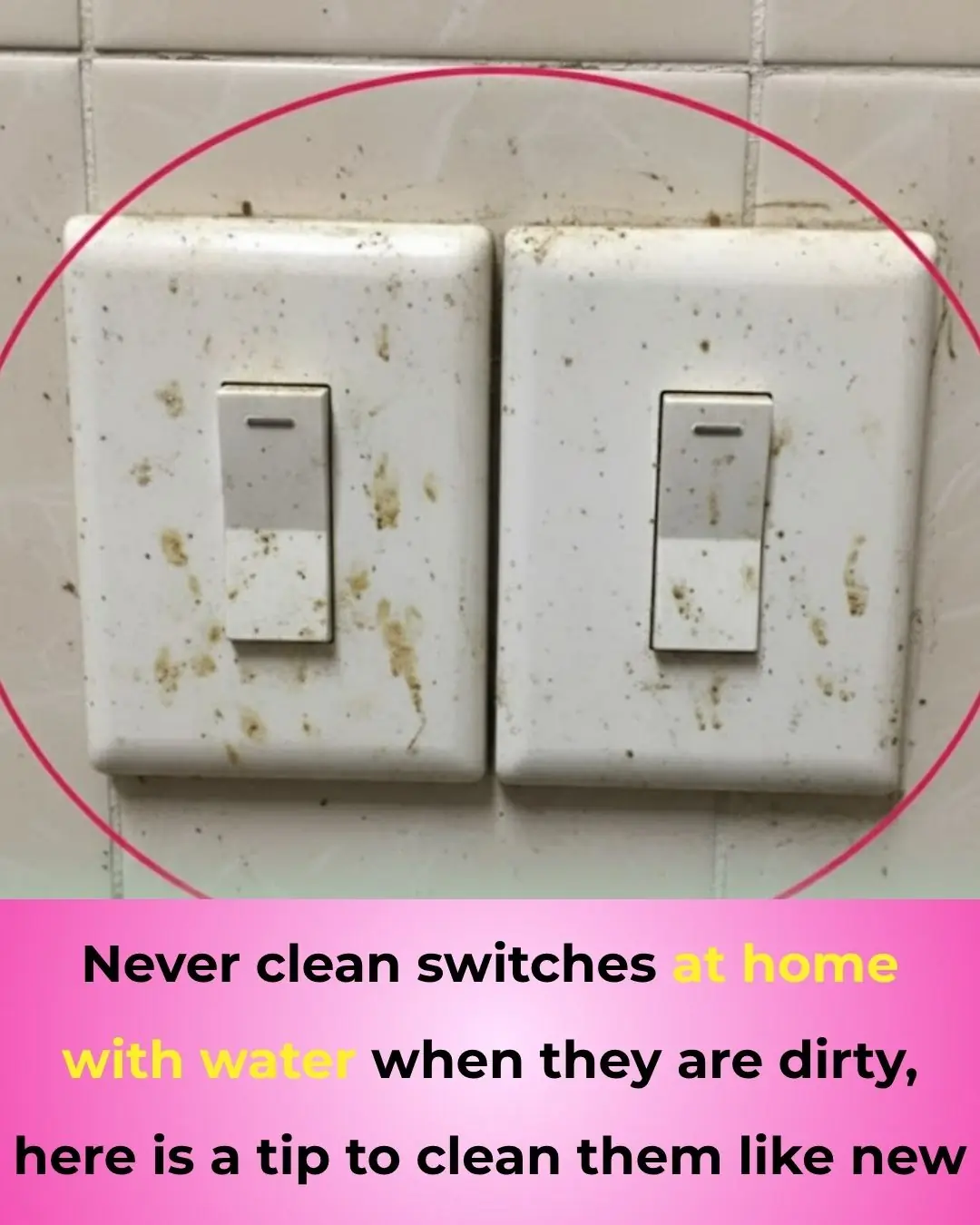
Never Clean Your Light Switches with Water — Here’s a Safe Trick to Make Them Look Brand New

Do not use a sharpening stone on dull scissors. Apply the following method to make the scissors as sharp as new ones bought from the store: Simple but effective

Don't rush to throw away expired or leftover beer. Use it for these 8 things and everyone will praise it

Simple Tips to Fade Freckles for a More Even and Radiant Complexion
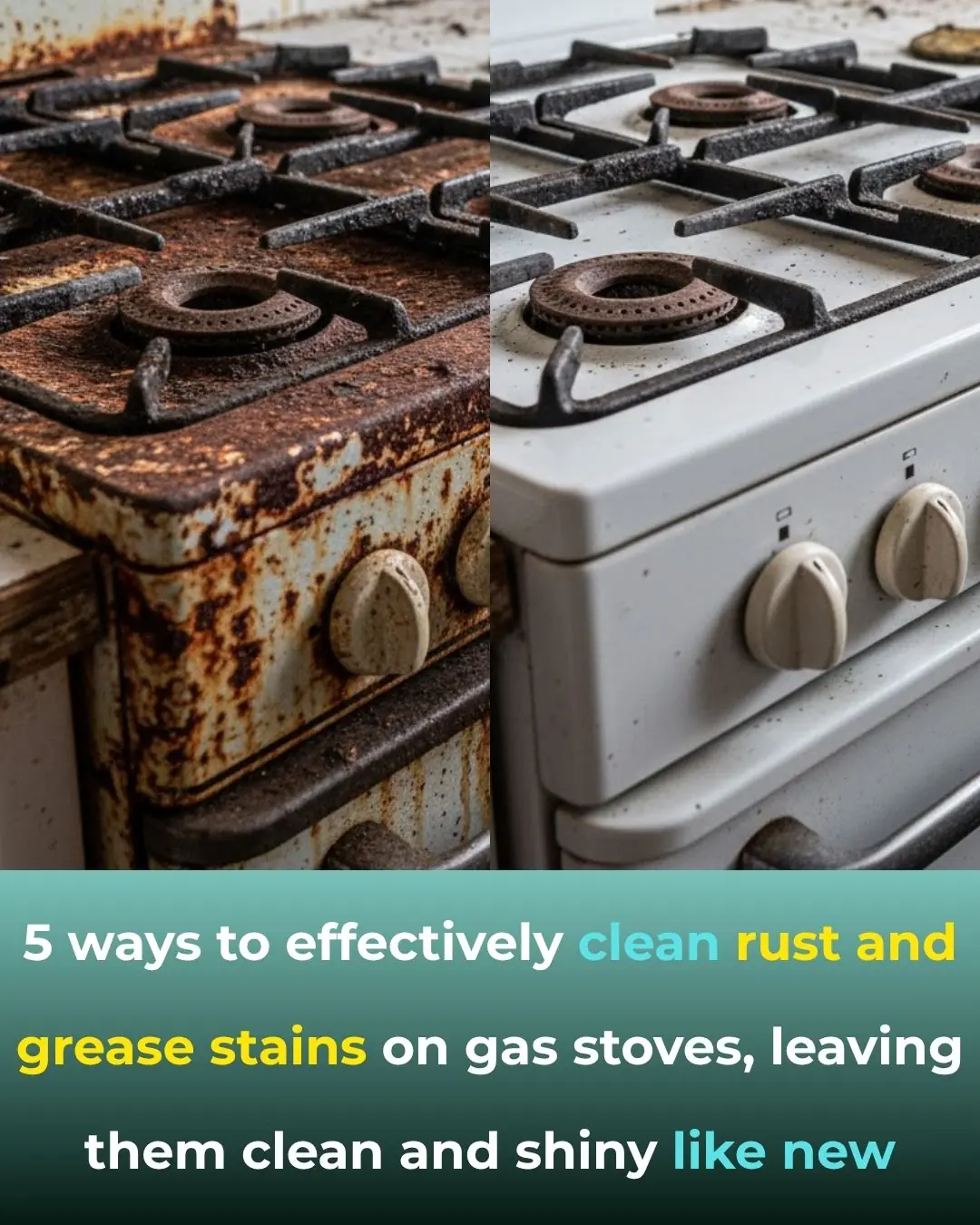
5 Effective Ways to Clean Rust, Grease, and Stubborn Stains from Your Gas Stove—Making It Shine Like New
News Post
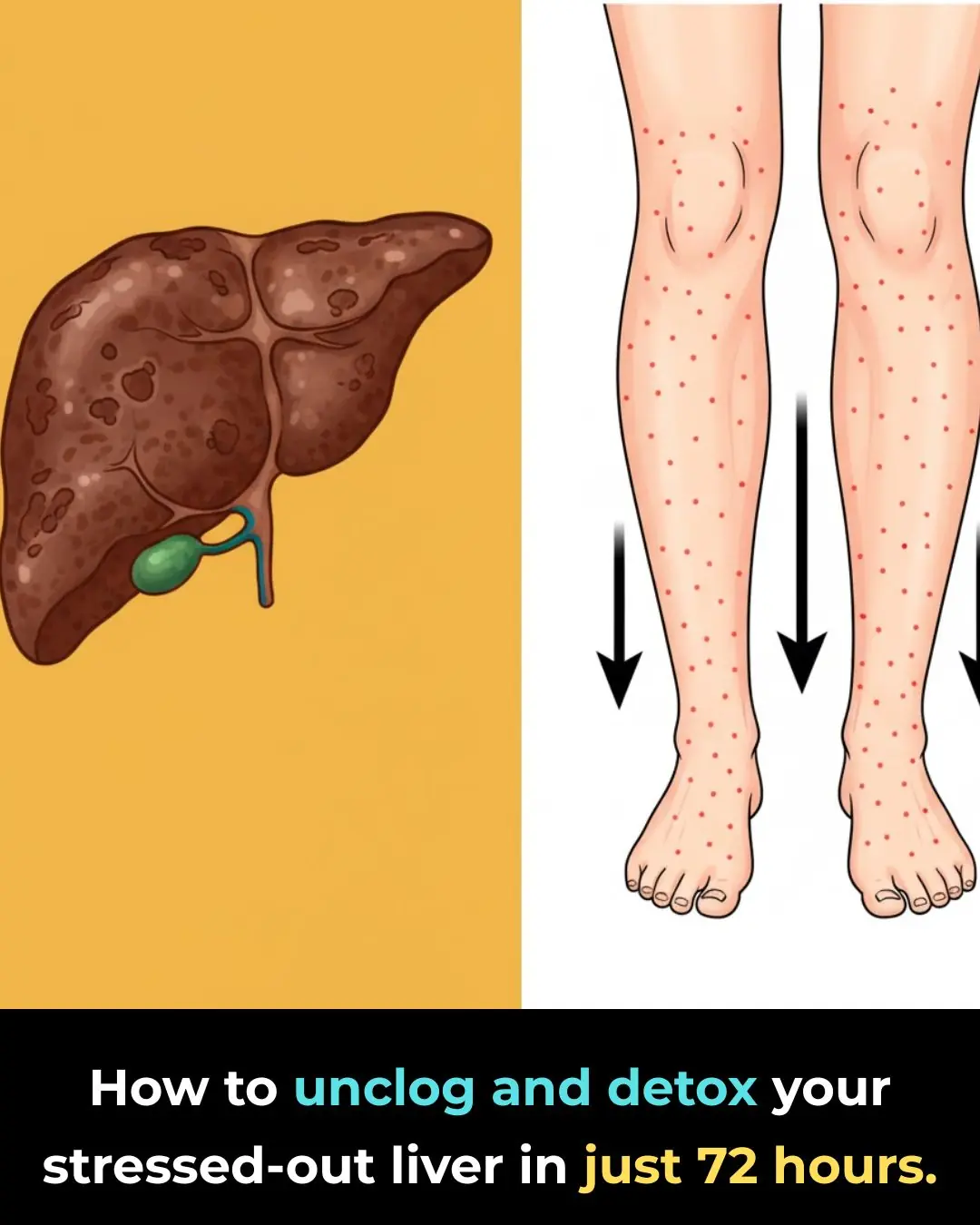
How To Unclog And Detox Your Stressed-Out Liver In Just 72 Hours

Why should you drop a clove of garlic into the toilet at night?

4 ways to boil chicken without water
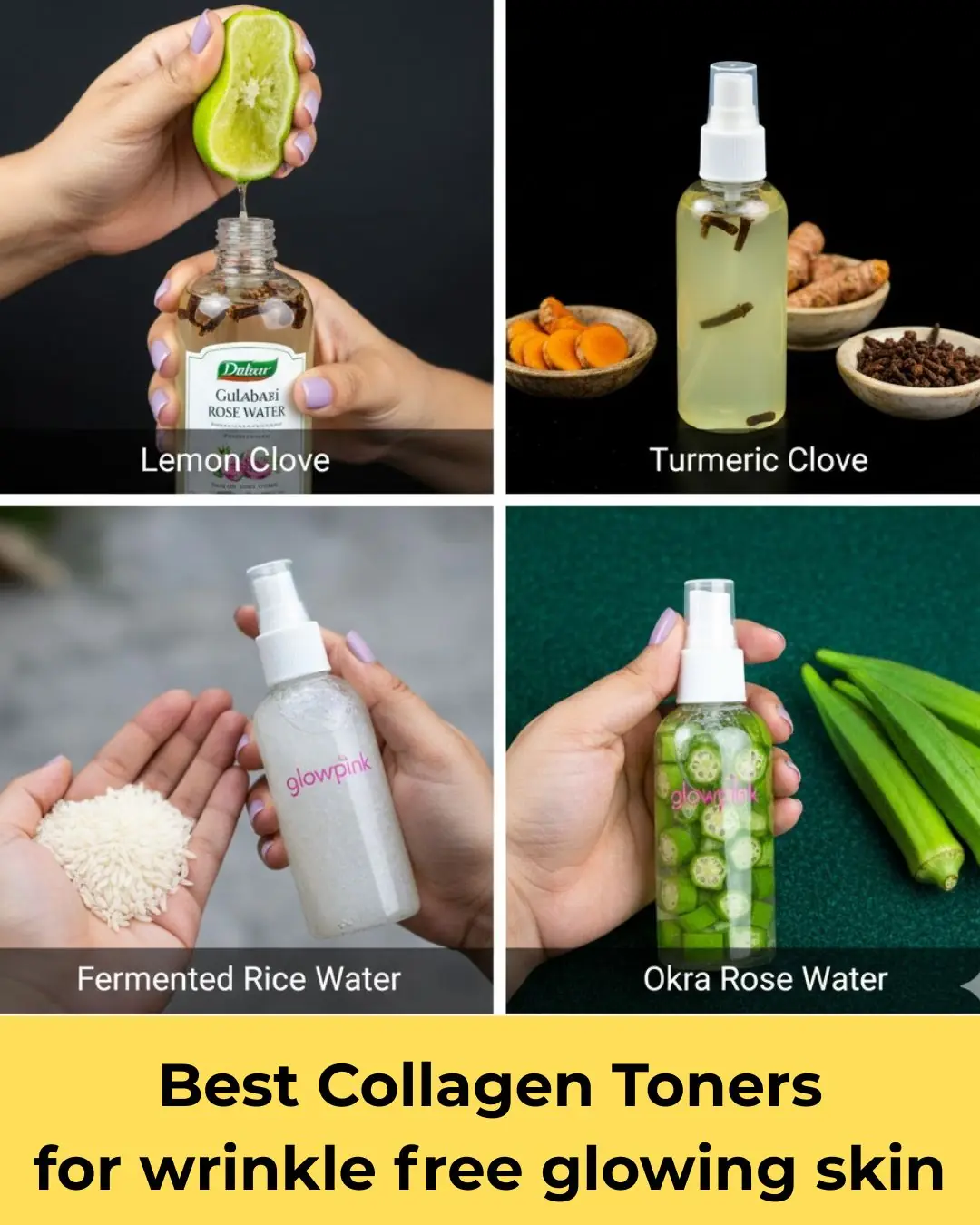
5 Best Collagen Toners For Wrinkle Free Glowing Skin

Rice water is like gold in the house if you know how to use it for these things
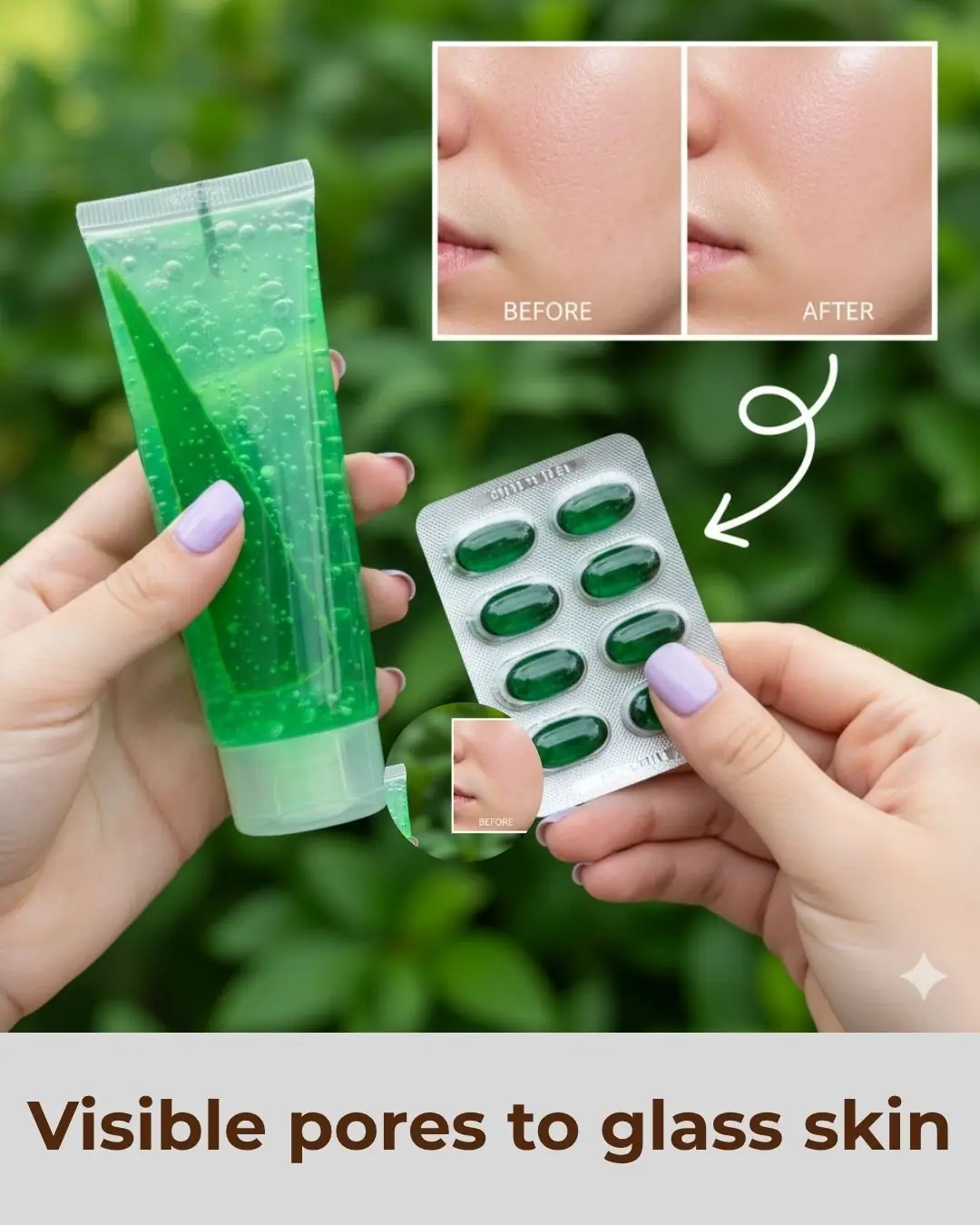
7 Days Indian Glass Skin Challenge

I Just Discovered the Benefits of Hanging a Bottle Cap on a Keychain

4 Dangerous Mistakes When Using an Air Fryer: Risks of Food Poisoning, Cancer, and Fires
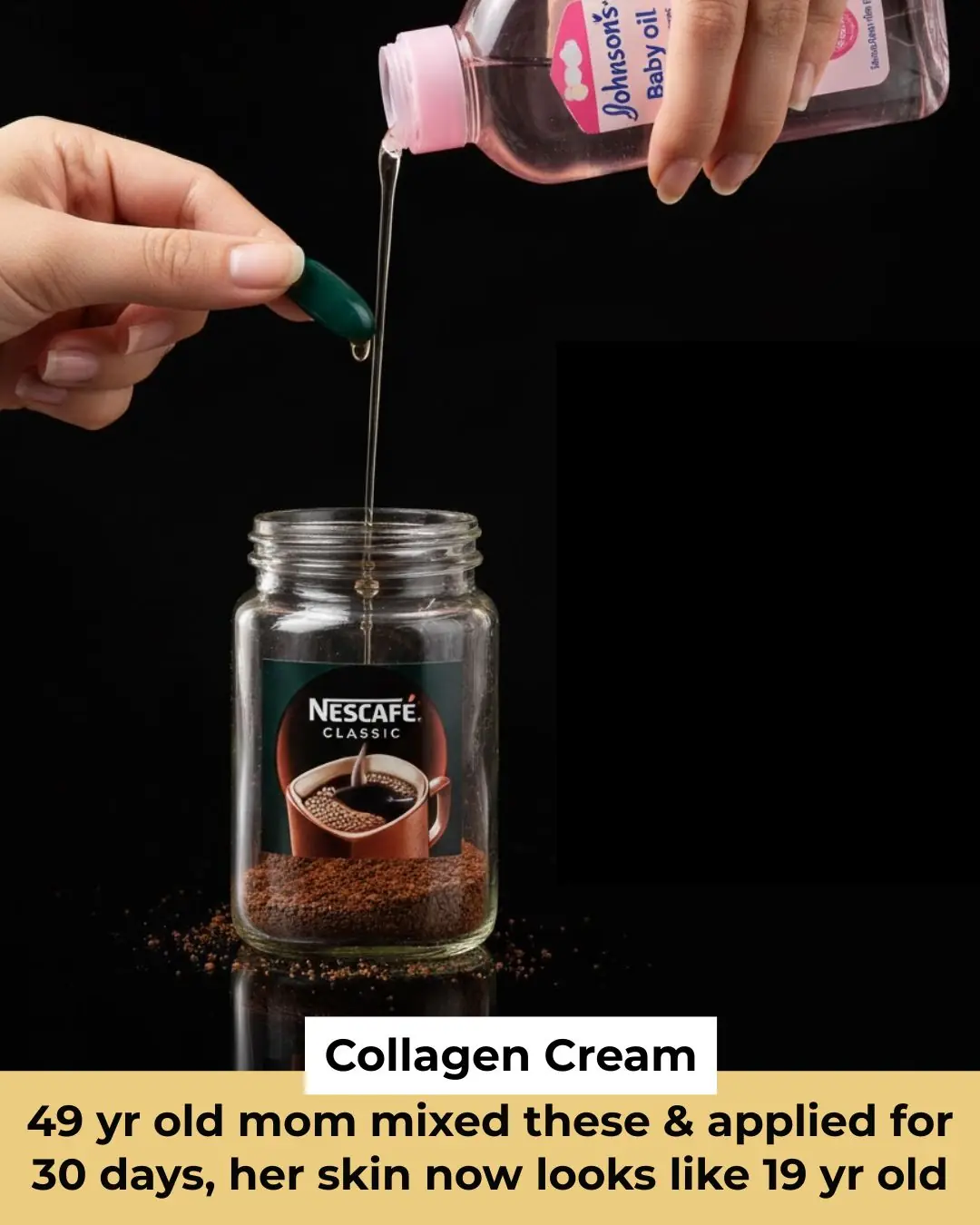
Coffee Baby Oil Vitamin E Formula: Collagen Cream For Wrinkle Free Glowing Skin

Lady places cup of vinegar into microwave. Here’s the genius reason why

I had no idea this was a thing

6 ways to use wind oil to help repel mosquitoes extremely well

10 odd home fixes you’ll wish you learned years ago

12 weird but genius ways to unclog things naturally

Put borax on wax paper and slide it under fridge. Here's why

How to Grow Cucumbers in Pots for Heavy Harvests All Season Long

How to make steamed pears with rock sugar is both delicious and nutritious
Let’s take a look at some tips to help keep your kitchen space clean and free of unpleasant odors.

Drinking Roasted Black Bean and Ginger Tea for 7 Days Brings 3 Major Health Benefits
